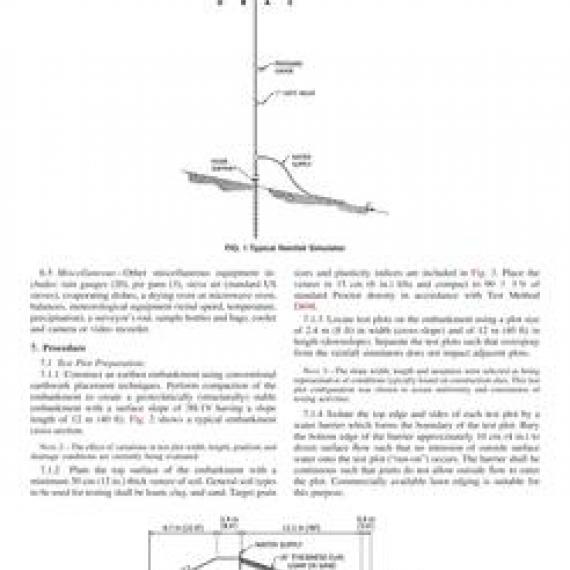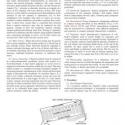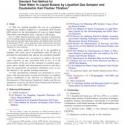No products
ASTM D6459-19
ASTM D6459-19 Standard Test Method for Determination of Rolled Erosion Control Product (RECP) Performance in Protecting Hillslopes from Rainfall-Induced Erosion
standard by ASTM International, 07/15/2019
Full Description
1.1This test method covers the guidelines, requirements and procedures for evaluating the ability of Rolled Erosion Control Products (RECPs) to protect hillslopes from rainfall-induced erosion. Critical elements of this protection are the ability of the RECP to:
1.1.1Absorb the impact force of raindrops, thereby reducing soil particle loosening through splash mechanisms;
1.1.2Slow runoff and encourage infiltration, thereby reducing soil particle displacement and transport through overland flow mechanisms;
1.1.3Absorb shear forces of overland flow; and,
1.1.4Trap soil particles beneath.
1.2This test method utilizes full-scale testing procedures, rather than reduced-scale (bench-scale) simulation, and is patterned after conditions typically found on construction sites at the conclusion of earthwork operations, but prior to the start of revegetation work. Therefore this considers only unvegetated conditions.
1.3This test method provides a comparative evaluation of an RECP-to baseline bare soil conditions under controlled and documented conditions.
1.4The values stated in SI units are to be regarded as standard. The values given in parentheses are mathematical conversions to inch-pound units, which are provided for information only and are not considered standard.
1.5All observed and calculated values shall conform to the guidelines for significant digits and rounding established in Practice D6026, unless superseded by this standard.
1.5.1The procedures used to specify how data are collected/recorded or calculated, in this standard are regarded as the industry standard. In addition, they are representative of the significant digits that generally should be retained. The procedures used do not consider material variation, purpose for obtaining the data, special purpose studies, or any considerations for the user's objectives; and it is common practice to increase or reduce significant digits of reported data to be commensurate with these considerations. It is beyond the scope of this standard to consider significant digits used in analytical methods for engineering design.
1.6This standard does not purport to address all of the safety concerns, if any, associated with its use. It is the responsibility of the user of this standard to establish appropriate safety, health, and environmental practices and determine the applicability of regulatory limitations prior to use. Also, the user must comply with prevalent regulatory codes, such as OSHA (Occupational Health and Safety Administration) guidelines, while using the test method.
1.7This international standard was developed in accordance with internationally recognized principles on standardization established in the Decision on Principles for the Development of International Standards, Guides and Recommendations issued by the World Trade Organization Technical Barriers to Trade (TBT) Committee.


































